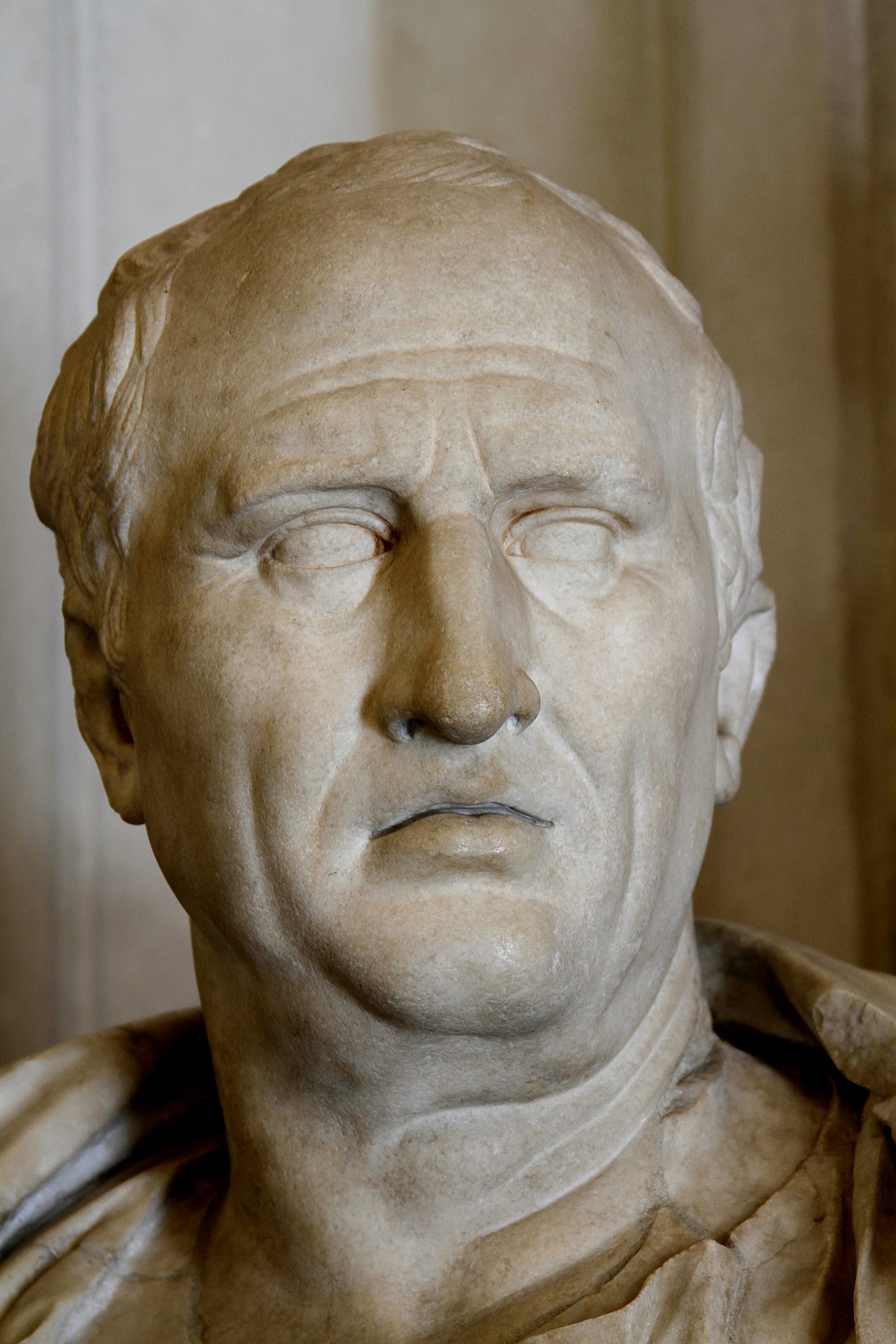Like many of my fellow baby-boomers, I traveled through Europe as a youth. What started off as a structured university-work-program, morphed into a year-long adventure—a roller coaster experience filled with extreme highs and lows. (Only the young can have so much drama!) Now, upon reflection, with Tainted Amber soon to be released, I realize my experiences in a small Bavarian town helped me gain insight into what my mom might have experienced when she worked in rural East Prussia as an independent, but naïve, young woman.
After she died in 2011 and I gradually went through her belongings, I came across the documents she’d completed to access a German pension. I learned that she’d worked as a maid for three different landowners in rural East Prussia. In
Tainted Amber, I’ve melded these into one location.
I didn’t realize Berchtesgaden’s significance when I chose it out of a list of options at the student employment office at 42 Feuerbach Strasse in Frankfurt an der Main. I remember the office address clearly because I was so afraid of getting lost. I could have picked Stuttgart, Heidelberg or other cities, but Berchtesgaden sounded like ‘garden’ and I’ve always preferred nature and the outdoors over city congestion.
 |
| Creative Commons: Colin Smith |
Berchtesgaden was the end of the line for the Deutsche Bundesbahn. It was a long train ride deep into the mountains. I concluded that maybe Berchtesgaden would be like Banff. I had no idea I was entering
Hitler’s favourite area. The rail station, my introduction to the town and entrance point to my new job, had a big date sprawled into the brick: 1938. Turns out it had been remodelled that year because of the many official Nazi, and international, visitors who would go through its doors. It was then that I had an inkling of the town’s history. It’s been a slow simmer, this fascination with the Second World War, but the ingredients to turn its study into a passion have always been there. Back in the seventies, I was merely a young woman determined to have fun and explore without her parents’ supervision.
Tainted Amber, set in 1937, is a story about how Nazis impact eighteen-year-old Katya. East Prussia was a place, like the Berchtesgaden area, that the Nazi elite would frequent to enjoy nature and relax. Katya ignores them as best she can. Like me, she’s determined to be independent, and coincidentally, has ambitions to be a writer.
 |
| Kaiser Bun: CC- Kobako |
The
Pension, (hotel with bed and breakfast) where I worked, was old, nestled along a roaring creek and ancient trees. It wasn’t the most fashionable place in town . . . definitely more rustic than modern and it suited me perfectly. Like Katya, I would have to go down to a dark, dank cellar if I wanted a bath. Limited hot water. I preferred heading to the local pool and using their showers. Honey for the fresh Kaiser buns that were delivered every morning came from the hotel's garden. I had no idea that forty years later memories of my tiny servant room would become the template for my character’s own room. Even now, I look back at the completed book and I’m surprised at how I incorporated my experiences into Katya’s own. It wasn’t intentional.
Does that happen to other writers? It must.












